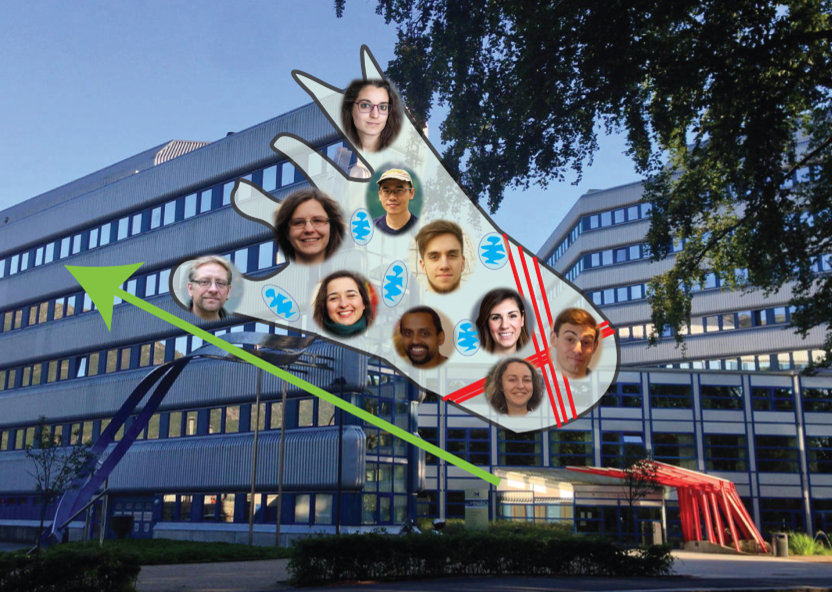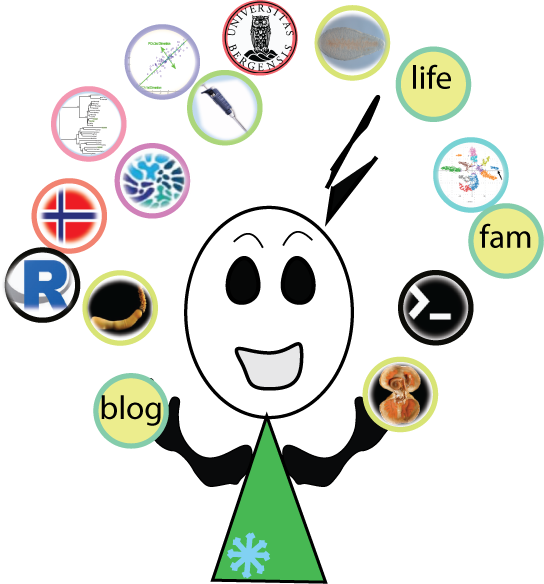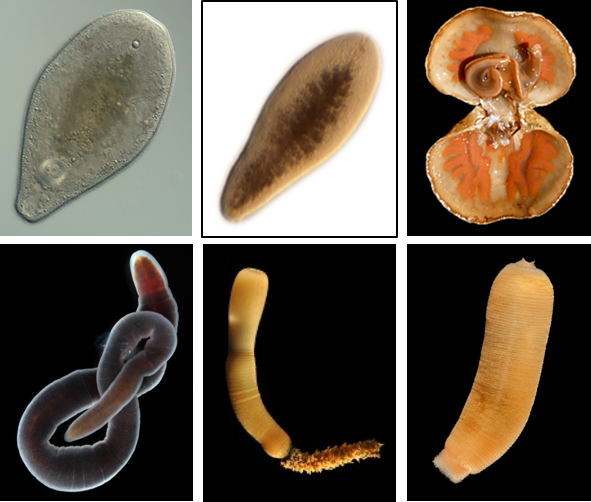“..The only lasting truth is change.”
– Octavia Butler

Juggling through
Warning:

Maybe you also remember that we study the evolution from a cell type perspective (What is this?) and we often use this cool technology called single cell RNA sequencing which involves breaking up animals/tissue into their building blocks – the cells. This may sound quite easy, and from historical experiments of Townes and Holtfreter [1] you’d get the impression that you magically get your cells just by dropping the animal/tissue in alkaline solution or EDTA. Unfortunately, the opposite is true and just this first step of the procedure can bring you to your wits’ end. On top of that, if you’re lucky like us and work with some unusual critters you have to adjust this to their liking – optimize the protocols – so that your cells are happy and ready to go through the following steps. I have been fortunate enough to try my luck with 6 species so far, also sort of celebrities in our circles.

Carry on and choose your juggling balls right
As the job name suggests, we are still students (what a nice oxymoron? :D), and hence attend some (university) courses. Again, no, we usually don’t do this because we haven’t had enough of the “exam thrills” from previous studies, but to complete the credit requirements for our study programs. Some courses are more exciting than others and some are absolutely amazing and fortunately organized by our ever so great EvoCELL network (shoutout to all PIs, invited speakers and most of all, lovely Francesca <3 our Project manager). Apart from courses and or workshops, we also join a “scientific get together” every now and then in form of meetings and conferences.
As much as I hate to admit, turns out, people are quite right about the importance of setting your priorities straight. There’s only so many balls you can keep flying in the air while the rest of them you either let fall or store somewhere in the safe place for “later”. Trouble is the “later” might never come and these balls just go over the expiry date but that’s another story? so choose yours right, allright?!
Take a look at a more comprehensive view of fellow PhDs around the world in Nature’s survey.
[1] P.L. Townes, J. Holtfreter – Directed movements and selective adhesion of embryonic amphibian cells, J. Exp. Zool., 128 (1955), pp. 53-120

Recent Comments